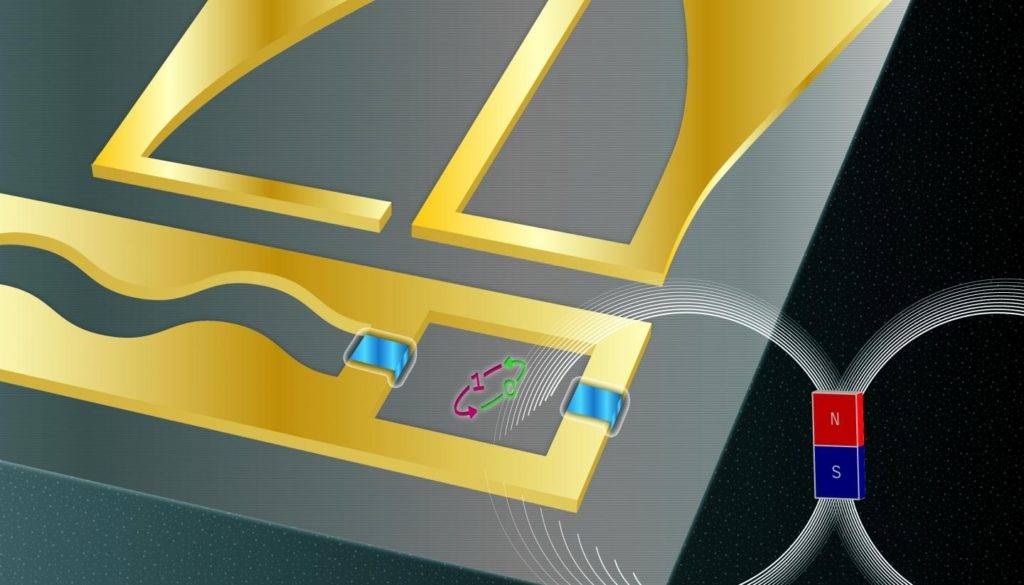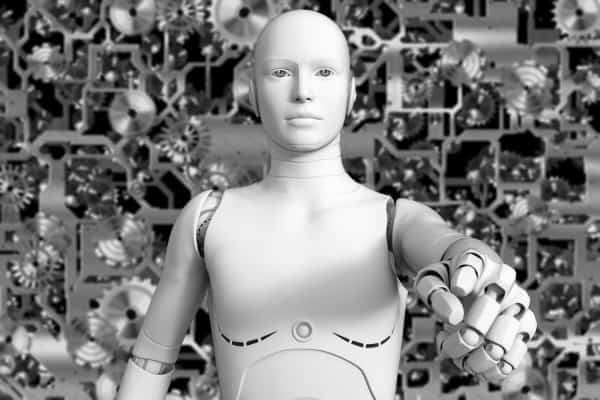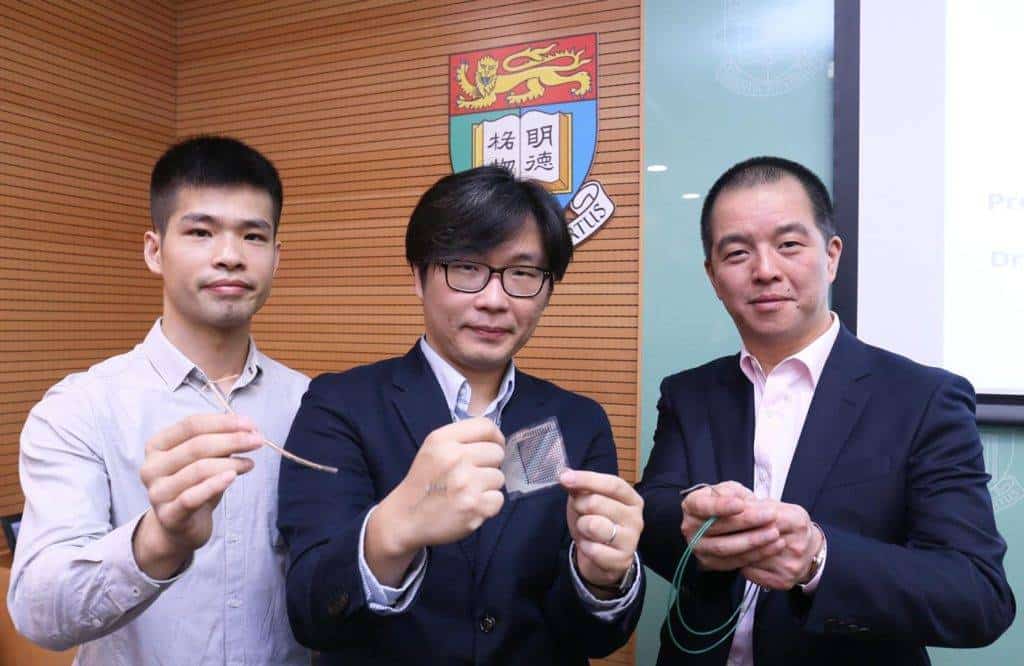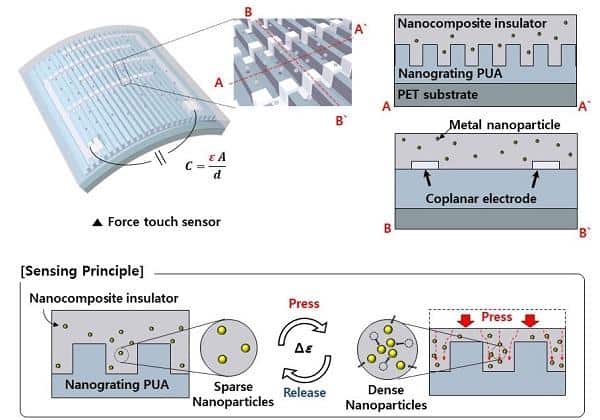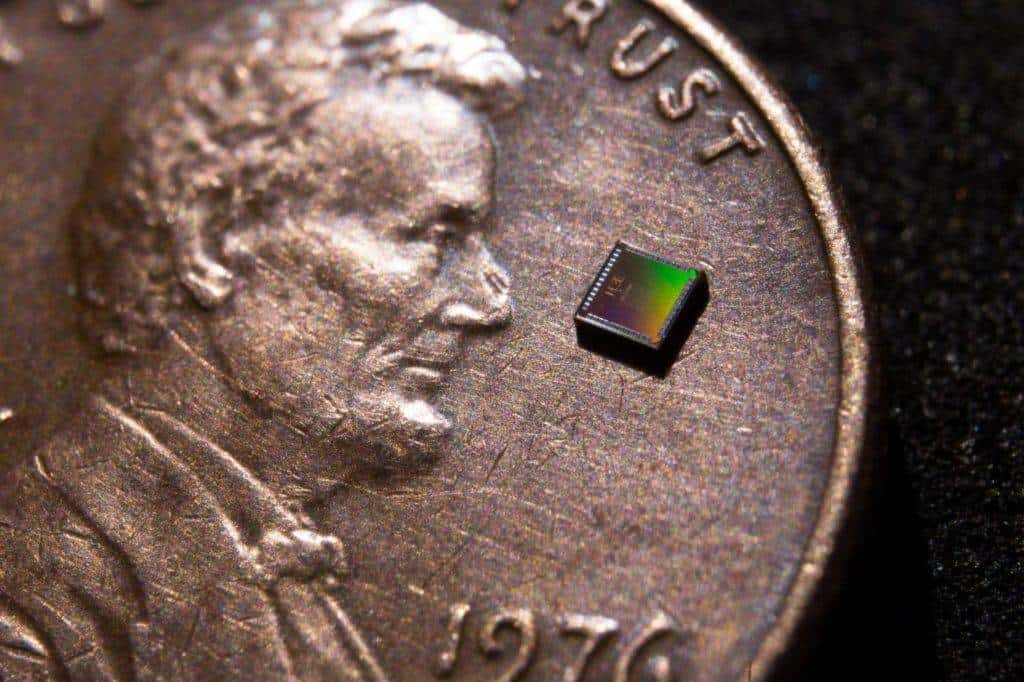Ultimate precision for sensor technology using quibits and machine learning
There are limits to how accurately you can measure things. Think of an X-ray image: it is likely quite blurry and something only an expert physician can interpret properly. The contrast between different tissues is rather poor but could be improved by longer exposure times, higher intensity, or by taking several images and overlapping them. […]
Ultimate precision for sensor technology using quibits and machine learning Read More »

